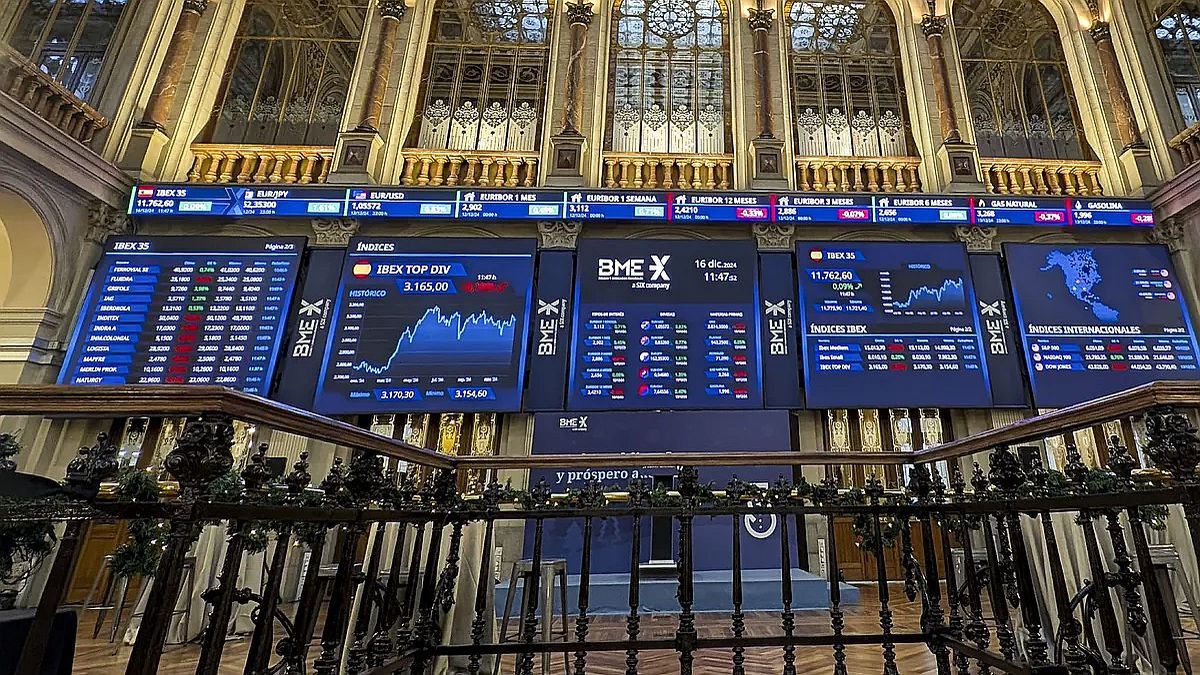He Consumer Price Index (CPI) From the Eurozone he recorded in February a slight fall of one tenth, placing its year -on -year rate at 2.4%, according to preliminary Eurostat data. This moderation is mainly due to the decrease in the cost of energy, although food continues to make more expensive.
By countries, Estonia (5%), Croatia (4.7%) and Belgium (4.4%) registered the highest inflation rates, while France (0.9%), Ireland (1.3%) and Finland (1.5%) presented the lower increases.
Excluding energy, fresh food, alcohol and tobacco, core inflation also moderated one tenth, reaching 2.6%, its lowest level since January 2022.
EUROPA EURO INFLATION.jpg
Excluding energy, fresh food, alcohol and tobacco, core inflation also moderated one tenth, reaching 2.6%, its lowest level since January 2022.
Gentileness: El Confidencial
Analysts emphasize that the lazy economic activity is Containing the transfer of the highest production costs To the consumer. Although the purchasing power improved, economic uncertainty keeps the savings rate high and slows consumption.
It is expected that, throughout the year, The Eurozone gradually leaves stagnation thanks to the recovery of domestic demand, driven by an improvement in purchasing power and the reduction of interest rates. However, geopolitical uncertainty continues to generate doubts about the evolution of inflation.
Expectations about the ECB
The European Central Bank (ECB) faces the challenge of defining how far reducing rates. While some members of the Governing Council warn about the risks of an excessive cut, the recent moderation of inflation reinforces the idea that inflationary pressures are less intense.
The ECB is expected to announce a new reduction of 0.25 percentage points, accompanied by a deeper debate on the optimal level of interest rates in the future.
The ECB reduced the rates in five occasions since June of last yearwhen it became the first large central bank to start its cuts cycle. However, with the CPI, the IPC replenish from 1.8% at the end of last year to the current 2.5%, “There is concern about the possibility that there is less margin to continue cutting“Michael Hewson’s strategist recognizes.
On the other hand, in regards to the economic evolution of the Eurozone, the expert also assumes that, despite the magnitude of the cuts since last summer, The German economy still does not react And, in fact, he has been stagnant during the last two years, “Like the rest of Europe, which does not show clear signs of economic recovery.”
Source: Ambito
I am a 24-year-old writer and journalist who has been working in the news industry for the past two years. I write primarily about market news, so if you’re looking for insights into what’s going on in the stock market or economic indicators, you’ve come to the right place. I also dabble in writing articles on lifestyle trends and pop culture news.




